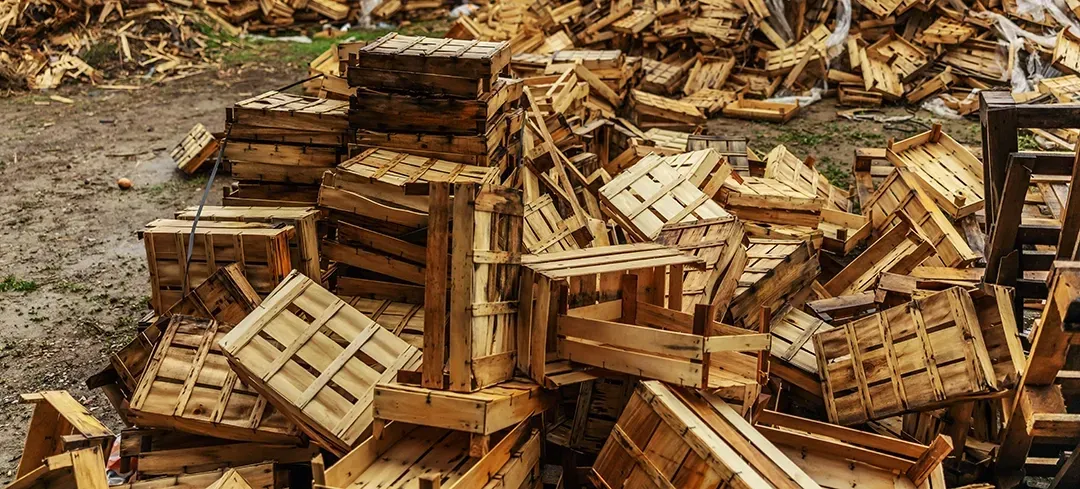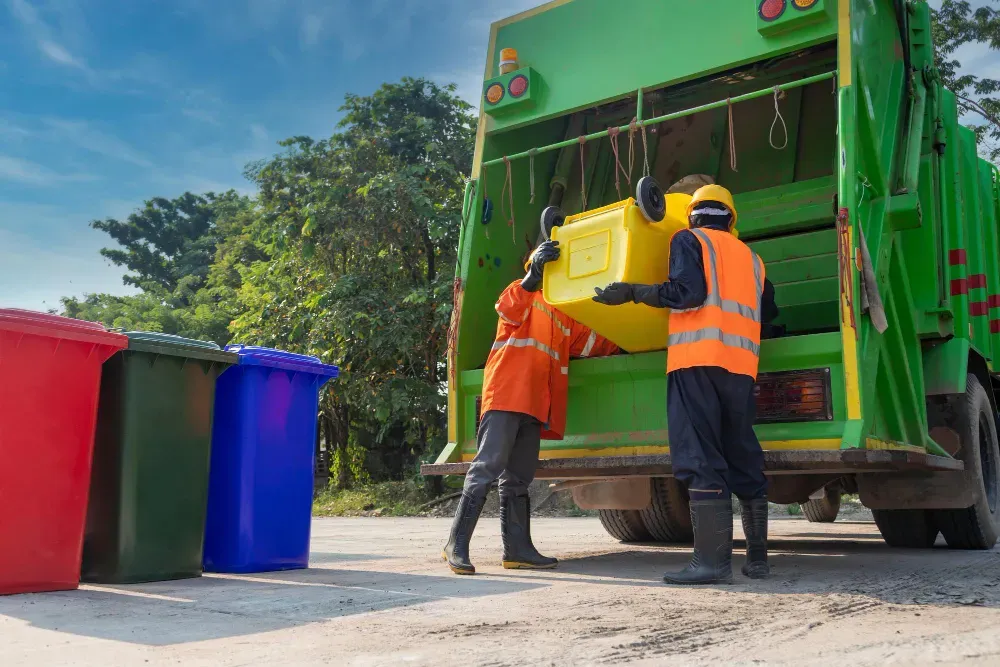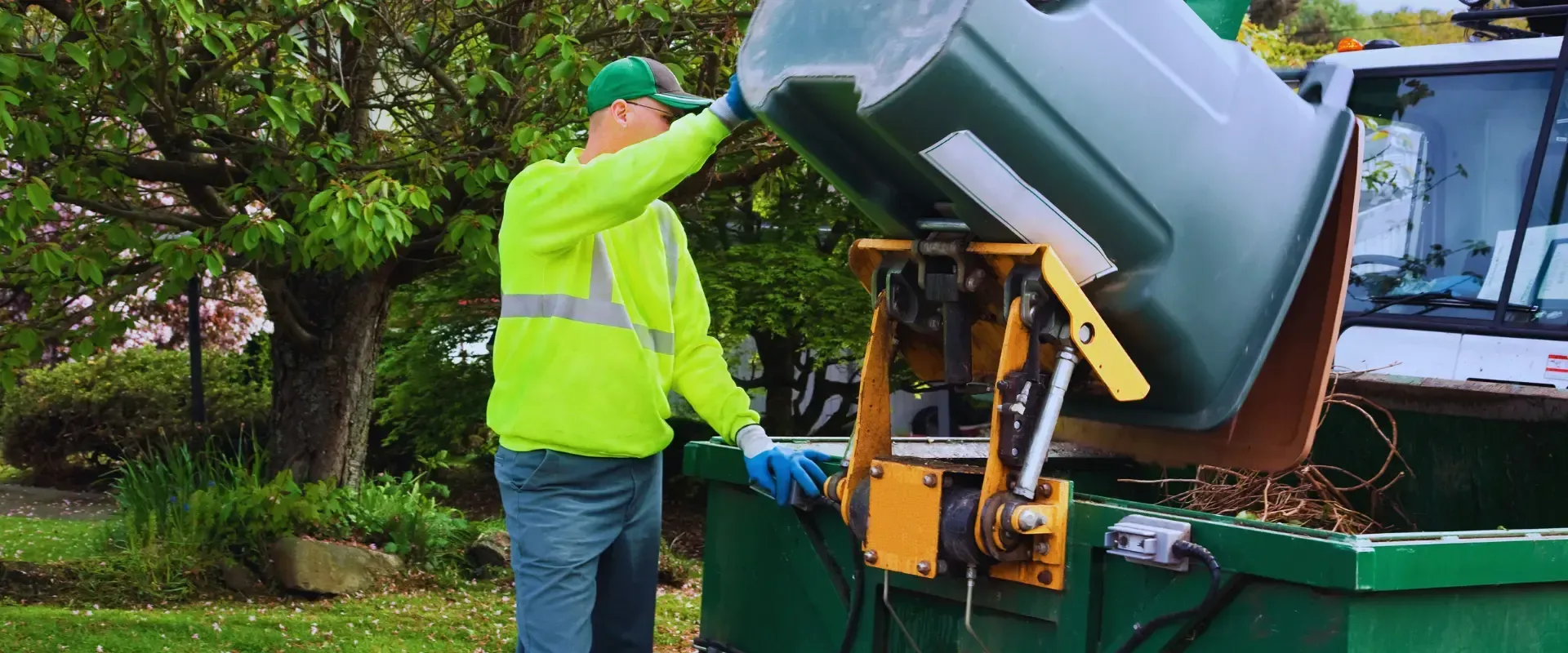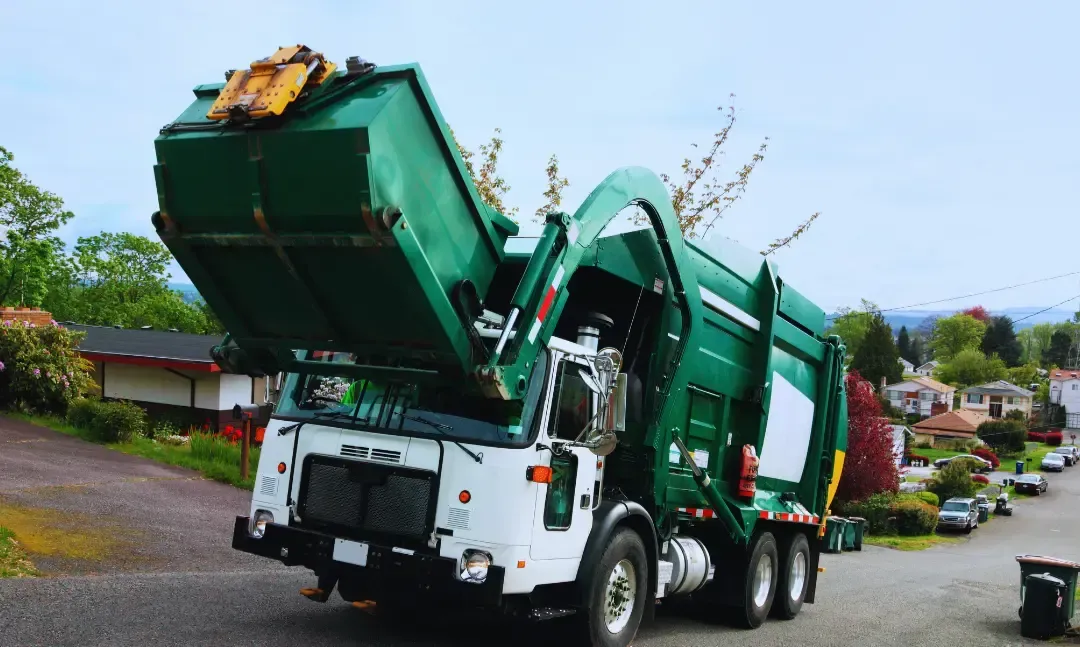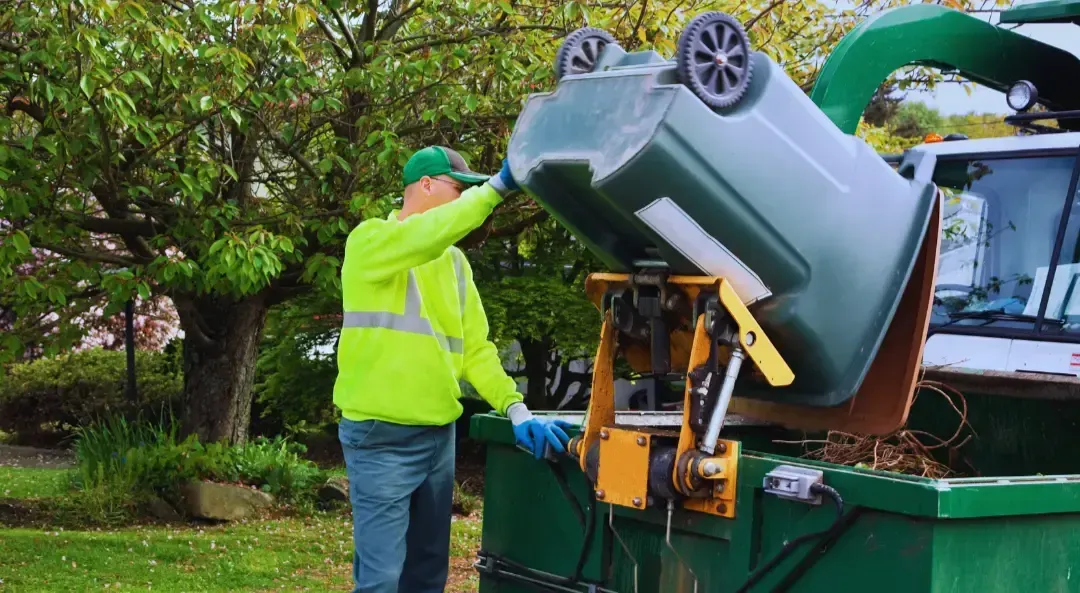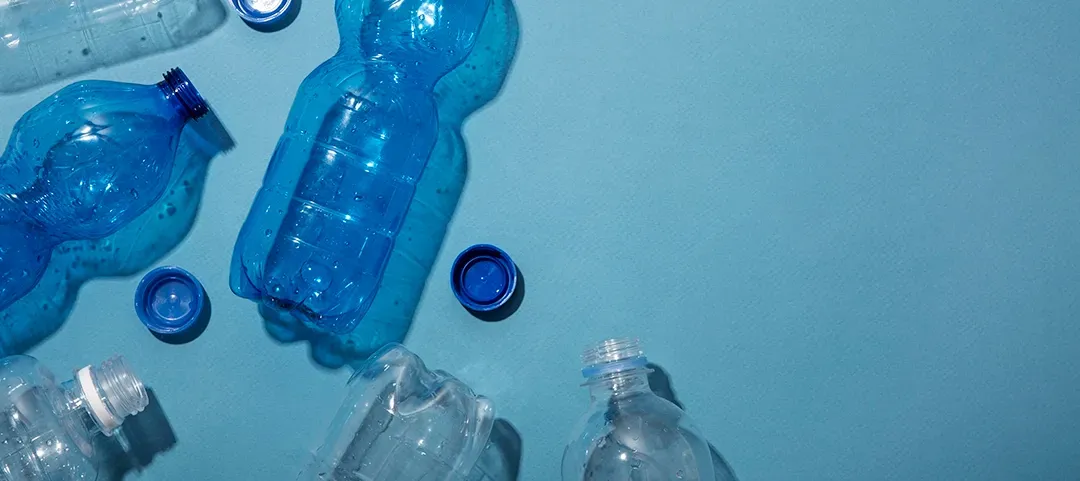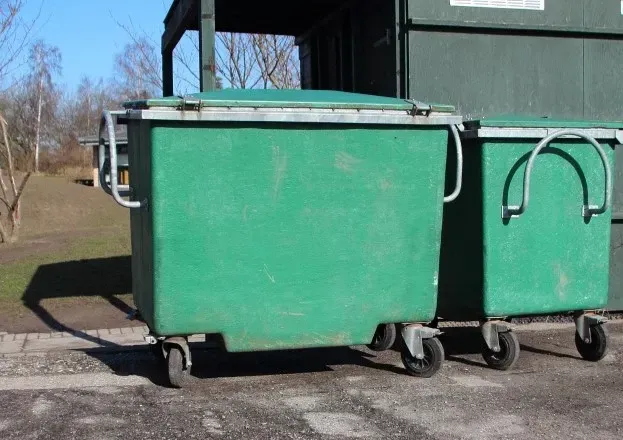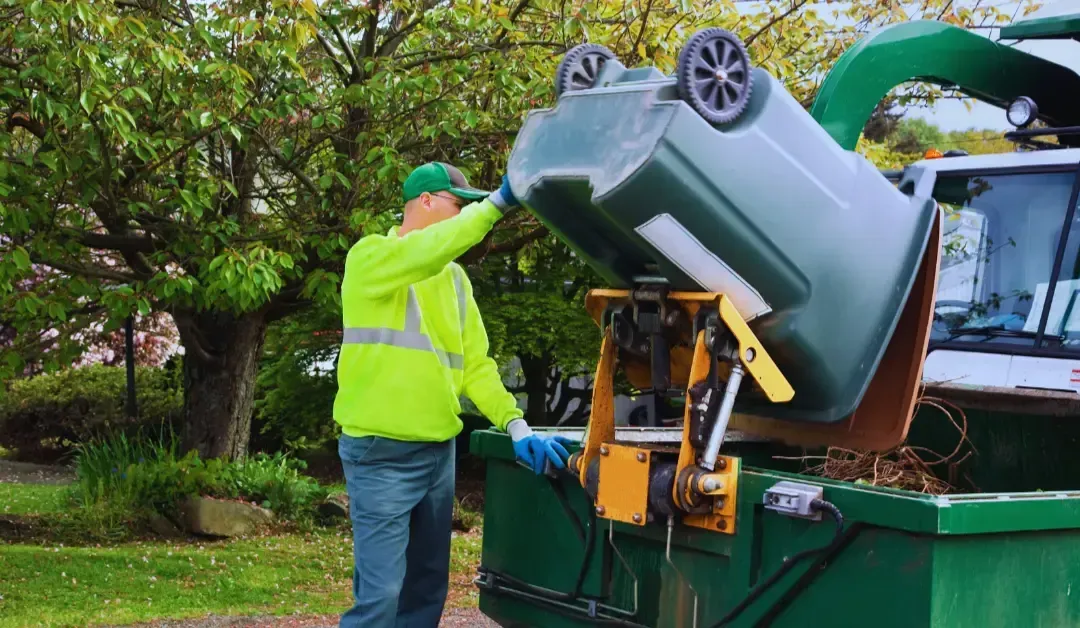The Hidden Cost of Trash: How Poor Waste Management Harms Our Planet
Trash doesn’t just disappear when it leaves our sight. Every overflowing bin, illegal dump site, and neglected landfill contributes to a growing global problem. Poor waste management isn't just an eyesore—it’s a silent threat to our environment, health, and future. In this guide, we’ll pull back the curtain on the hidden cost of trash and show how we can all make a difference.
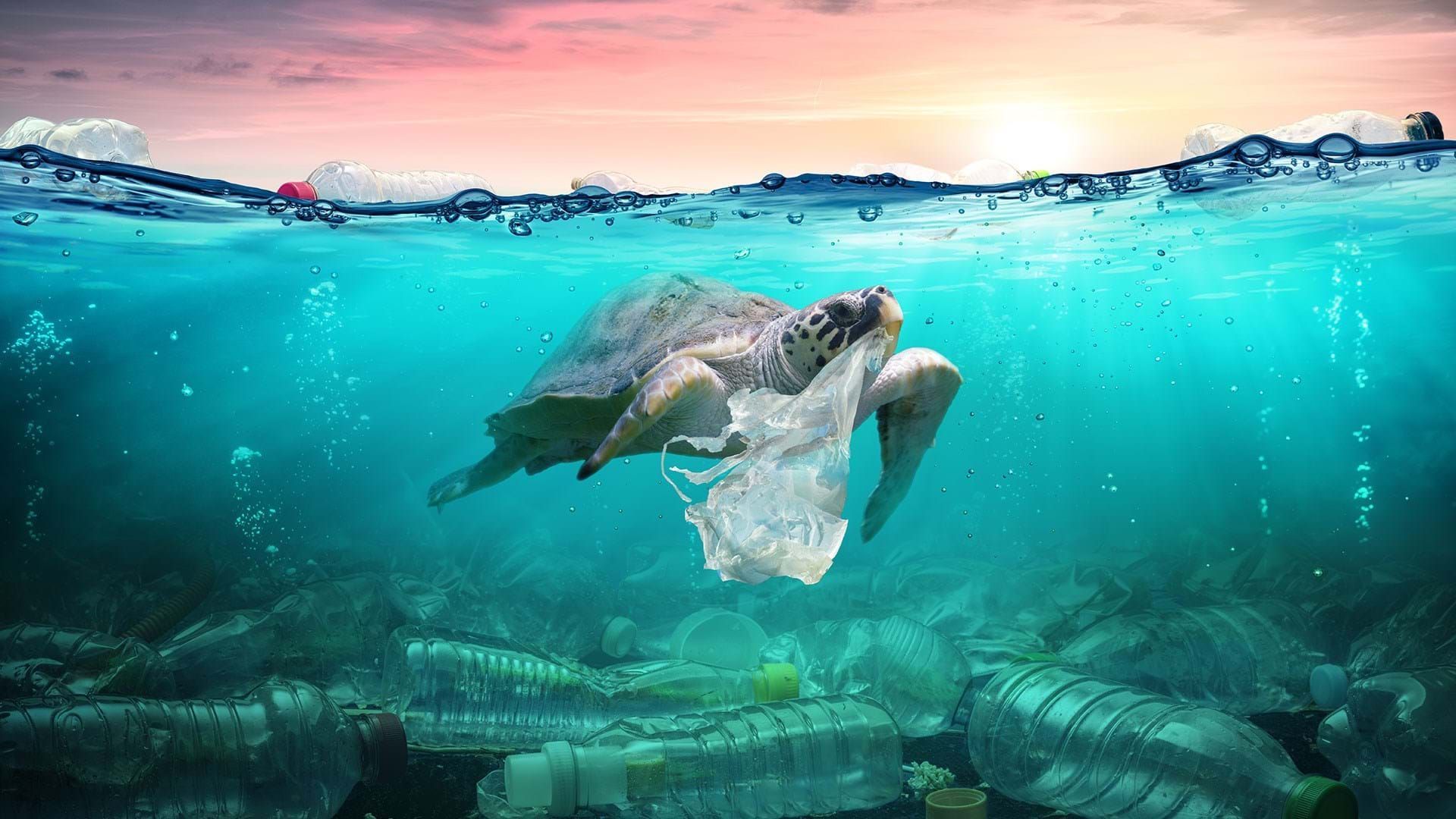
What Is Waste and Where Does It Come From?
Waste is anything we throw away because we no longer need or want it. It comes from our homes, businesses, schools, factories, and more. While some waste is biodegradable and safe, much of it—like plastic, chemicals, and electronics—can linger in the environment for centuries.
Sources of waste include:
- Residential (food scraps, packaging, clothing)
- Industrial (chemicals, metals, factory byproducts)
- Commercial (office paper, electronics, furniture)
- Agricultural (pesticides, crop residue)
- Medical (syringes, gloves, pharmaceuticals)
Understanding where waste comes from is the first step in tackling the damage it causes.
Types of Waste: From Household to Industrial
Not all waste is created equal. Here’s a quick overview of the main categories:
Type of Waste Examples Impact
Municipal Solid Waste Food, paper, plastics Landfills, pollution
Industrial Waste Chemicals, heavy metals Soil/water contamination
E-waste Phones, laptops Toxic metals in landfills
Hazardous Waste Paint, cleaners, batteries Dangerous to humans and wildlife
Organic Waste Yard clippings, food Methane production in landfills
Each type poses unique challenges, and improper disposal of any kind can lead to serious consequences.
How Poor Waste Disposal Pollutes Land and Soil
Dumping trash on the ground may seem harmless, but over time, it poisons the soil. Hazardous chemicals seep from batteries, electronics, and household cleaners, contaminating farmland and making the ground toxic. Once the soil is damaged, it can't support crops or wildlife.
Improper landfill management also causes leachate—a foul liquid that leaks from decomposing waste and pollutes the earth below.
The Toxic Consequences of Water Pollution
When garbage ends up in rivers, lakes, and oceans, it doesn’t just float away—it kills. Chemicals from waste runoff cause algal blooms, which suck oxygen from the water, choking fish and other marine life. Plastic trash is especially deadly, entangling sea creatures and breaking down into microplastics that contaminate the food chain.
This pollution eventually makes its way to us through seafood and drinking water.
Air Pollution: Burning Waste and Its Aftermath
Burning waste is a common method used to reduce its volume, but it releases toxic gases such as dioxins, furans, and carbon monoxide. These chemicals contribute to smog, acid rain, and respiratory illnesses. Open-air burning is especially dangerous in developing countries where regulations are weak or nonexistent.
Inhaling these fumes can lead to long-term health issues, especially in children and the elderly.
How Trash Disrupts Natural Habitats
When trash piles up in forests, fields, and oceans, it disrupts the delicate balance of nature. Animals mistake plastic bags for food, get trapped in fishing nets, or have their homes destroyed by human waste.
Even small items like six-pack rings and balloons can be deadly to animals. Over time, entire ecosystems suffer from the clutter and contamination caused by mismanaged waste.
The Deadly Impact of Plastic Waste on Marine Life
Plastic waste is perhaps the most infamous threat to marine animals. Turtles eat plastic bags thinking they’re jellyfish. Seabirds feed bottle caps to their chicks. Whales wash up on shores with stomachs full of plastic debris.
Every year, millions of marine animals die from plastic ingestion or entanglement. This isn't just a tragedy—it’s a wake-up call.
The Role of Waste in Greenhouse Gas Emissions
Most people don’t realize how much waste contributes to climate change. Decomposing organic waste in landfills releases methane—a greenhouse gas 25 times more powerful than carbon dioxide.
Transporting and incinerating waste also uses energy and emits carbon. Together, these emissions speed up global warming, causing more extreme weather, rising sea levels, and natural disasters.
Landfills and Methane: A Dangerous Connection
Landfills are the third-largest source of methane in the U.S. As organic material breaks down without oxygen, it produces methane gas, which can explode if not properly vented. Besides being a fire hazard, this gas adds to the greenhouse effect.
Modern landfills try to capture methane for energy, but many still leak significant amounts into the atmosphere.
How Poor Waste Management Affects Public Health
Uncollected trash attracts rats, flies, and mosquitoes—all of which spread disease. Rotting waste emits foul odors and toxic gases that harm the lungs. People living near landfills report higher rates of asthma, cancer, and birth defects.
Children are especially vulnerable, as their developing bodies absorb toxins more easily. In some cases, people even scavenge trash for food or recyclables, exposing themselves to deadly risks.
Waste Mismanagement in Low-Income Communities
Unfortunately, poor and marginalized communities are hit hardest by bad waste practices. Often located near dumps or incinerators, these areas suffer from high pollution and limited access to healthcare. This environmental injustice is a global issue.
Activists are now pushing for better policies to ensure fair and healthy living conditions for all.
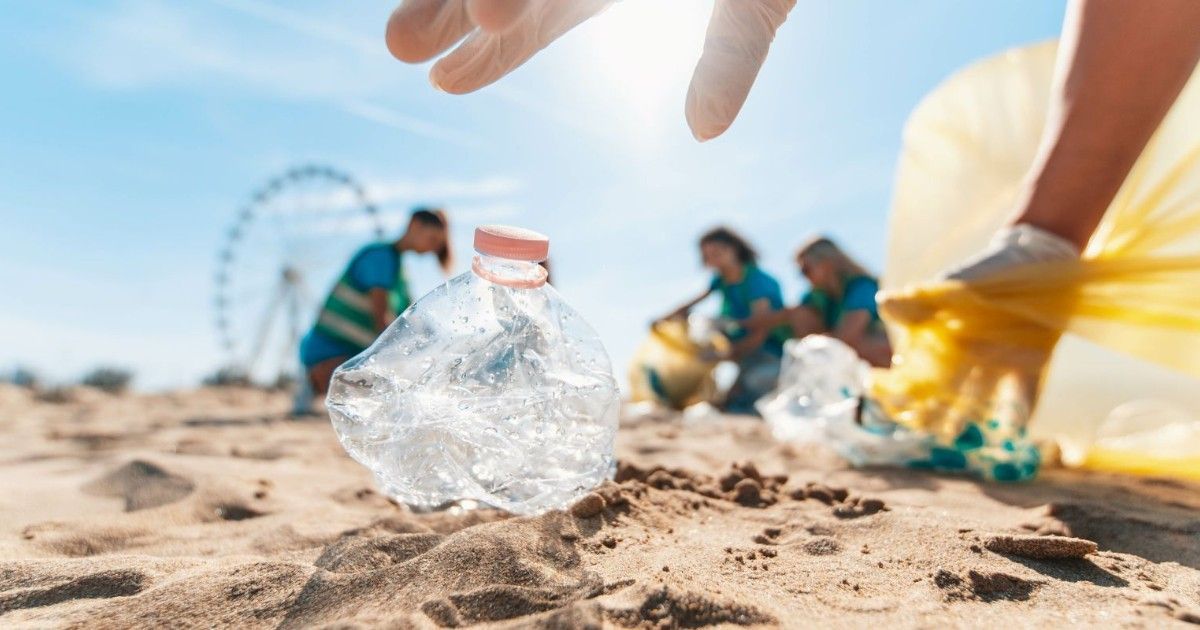
The Global Waste Trade and Its Ethical Challenges
Wealthy nations often ship their waste to poorer countries, where environmental regulations are weaker. This creates a toxic burden for communities that didn’t generate the waste in the first place.
Many of these countries lack the infrastructure to safely process imported trash, leading to severe environmental and health crises.
Waste Management Disparities Across the World
While some countries like Sweden and Germany lead the way in recycling, others struggle with even basic waste collection. These disparities are often due to funding, education, and political will.
To achieve global sustainability, all countries must invest in reliable waste management services and public awareness.
The Hidden Financial Burden of Waste Cleanup
Cleaning up illegal dumpsites, littered highways, and polluted waterways costs billions annually. These expenses fall on taxpayers and local governments.
By investing in better waste infrastructure now, we can avoid these ballooning costs in the future—and create cleaner, healthier cities in the process.
Missed Opportunities in Recycling and Reuse
Every aluminum can or glass bottle tossed in the trash is a missed opportunity. Recycling saves energy, reduces pollution, and conserves natural resources. Yet millions of tons of recyclable materials still end up in landfills each year.
Composting, upcycling, and reuse are other ways we can turn waste into wealth.
Innovative Waste Management Technologies
Technology is offering exciting solutions to our waste woes. Innovations like:
- Smart bins that sort waste automatically
- AI-driven recycling plants
- Waste-to-energy facilities
- Biodegradable packaging materials
These technologies promise cleaner cities and more efficient resource use. But they require investment and public support to scale.
Role of Waste Management Services in Sustainable Solutions
Professional services are the backbone of responsible waste handling. They provide scheduled pickups, safe disposal, recycling programs, and hazardous waste management.
Choosing a reliable provider ensures that your trash doesn’t end up polluting the planet. If you’re unsure where to start, reach out to local experts for advice.
What You Can Do to Reduce Your Waste Footprint
Every person plays a role in the solution. Here’s how you can help:
- Reduce: Buy less and choose products with minimal packaging.
- Reuse: Opt for reusable bags, containers, and water bottles.
- Recycle: Sort your trash and follow local recycling rules.
- Compost: Turn food scraps into garden gold.
- Speak up: Advocate for better waste policies in your community.
Small changes lead to big impact over time.
Contact Experts for Better Waste Management
If you're unsure about your current practices or need help setting up efficient waste systems, it's time to get professional advice. Contact your local waste management experts to develop sustainable solutions tailored to your home, business, or community.
Frequently Asked Questions About Waste Management
How does waste affect the environment?
It pollutes air, water, and soil, harms wildlife, and contributes to climate change.
What are the most harmful types of waste?
Hazardous and plastic waste cause the most long-lasting damage to ecosystems and health.
Can burning trash be a solution?
Not really. Burning creates toxic air pollution and releases greenhouse gases unless done in controlled environments with filters.
Why is recycling so important?
Recycling conserves resources, reduces pollution, and lowers the demand for new materials.
What is composting and how does it help?
Composting is the natural breakdown of organic waste. It reduces landfill use and creates rich soil for gardening.
How can I find local waste management services?
Start by visiting
Floresville Waste Management and check out their contact page for personalized support.
A Cleaner Future Starts with Smarter Waste Decisions
The hidden cost of trash is real, but it doesn’t have to define our future. By recognizing the damage caused by poor waste management and choosing smarter practices, we can protect our planet for generations to come. From individual action to global innovation, the time to clean up our act is now.
Links

